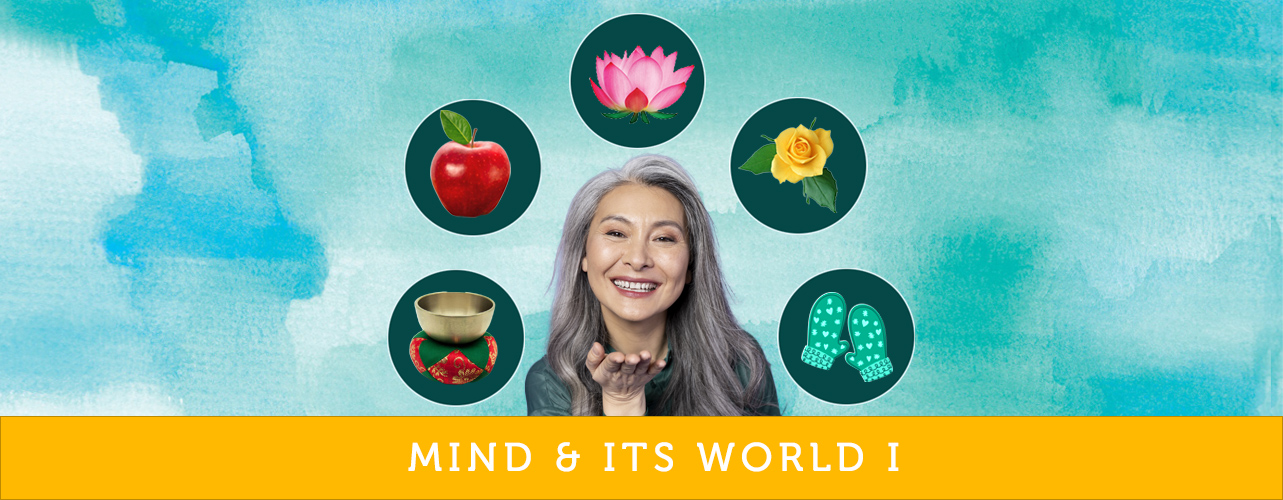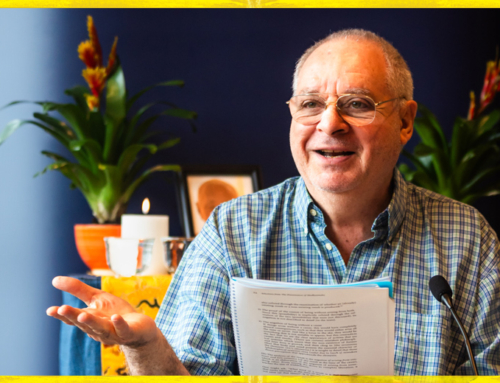This is the first course in Nitartha’s curriculum, and one of many that will be offered at this year’s Summer Institute in July.
This course explores the question: How do you obtain accurate and valid knowledge about the world? That’s the subject of pramana, or Buddhist epistemology. We typically assume that what we know about the world is valid. But is it? Our mind processes information so quickly, it responds so fast to what’s happening around us that we usually don’t realize when we are having a conceptual experience that is not actually in agreement with the object that we are experiencing.
In this course, we become able to distinguish between what our mind tells us versus the way things are. And when we do that, we begin to understand the meaning of valid cognition and non-valid cognition. We start to see that there is a difference between our conceptual understanding of a thing and our direct experience of it. In fact, when we study Pramana, we discover that most or nearly all of our experiences are conceptual, and that conceptuality is a rather fuzzy representation of the way things are.
What is it that is having these experiences? We can call it mind, consciousness or awareness. Here in the pramana system of classification they are all equivalents, but we can differentiate between a conceptual mind, a non-conceptual mind, a valid mind or a non-valid mind.
What makes a mind or cognition valid? What makes it non-valid? To answer these questions, we delve into the definitions of mind, consciousness, and awareness, of valid and non-valid cognition. We explore how valid cognition can be ascertained directly through our senses, or inferentially through valid concepts. That’s right, in Pramana, not all concepts are non-valid!
For Pramana, the task of the dharma practitioner is first to differentiate between valid and non-valid cognition, and then to clarify that valid cognition can be inferential or direct valid cognition. That’s the path. Direct valid cognition is even more valid than inferential. For example, consider the difference between thinking about chocolate and eating it. Inference is good, but it’s even more delicious through direct valid cognition.
How a sense consciousness arises is just one of the ways in which this course explores how mind works. In addition, it describes the objects that our mind is experiencing, which are also essential to know in order to understand mind itself. So we have things and non-things, objects, existents and non-existents, conditioned phenomena and non-conditioned phenomena. We discover how to classify everything under the sun, and then some.
But classifying what our mind experiences is not just an intellectual or theoretical exercise. It actually helps us to understand our mind as well as its world. And once we understand how much of its world is actually just our own mental experiences, or projections, then we can start to question our own reactions, and perhaps begin to change them.
This course is followed by Clear Thinking and Mind and Its World II: Modes of Engagement. All three will be taught at this year’s Summer Institute as part of Study Level 1. All 27 classes are included in your Summer Institute tuition, and will be recorded for you to review if you are unable to attend live. The recordings will be available for two months after the Summer Institute ends.






